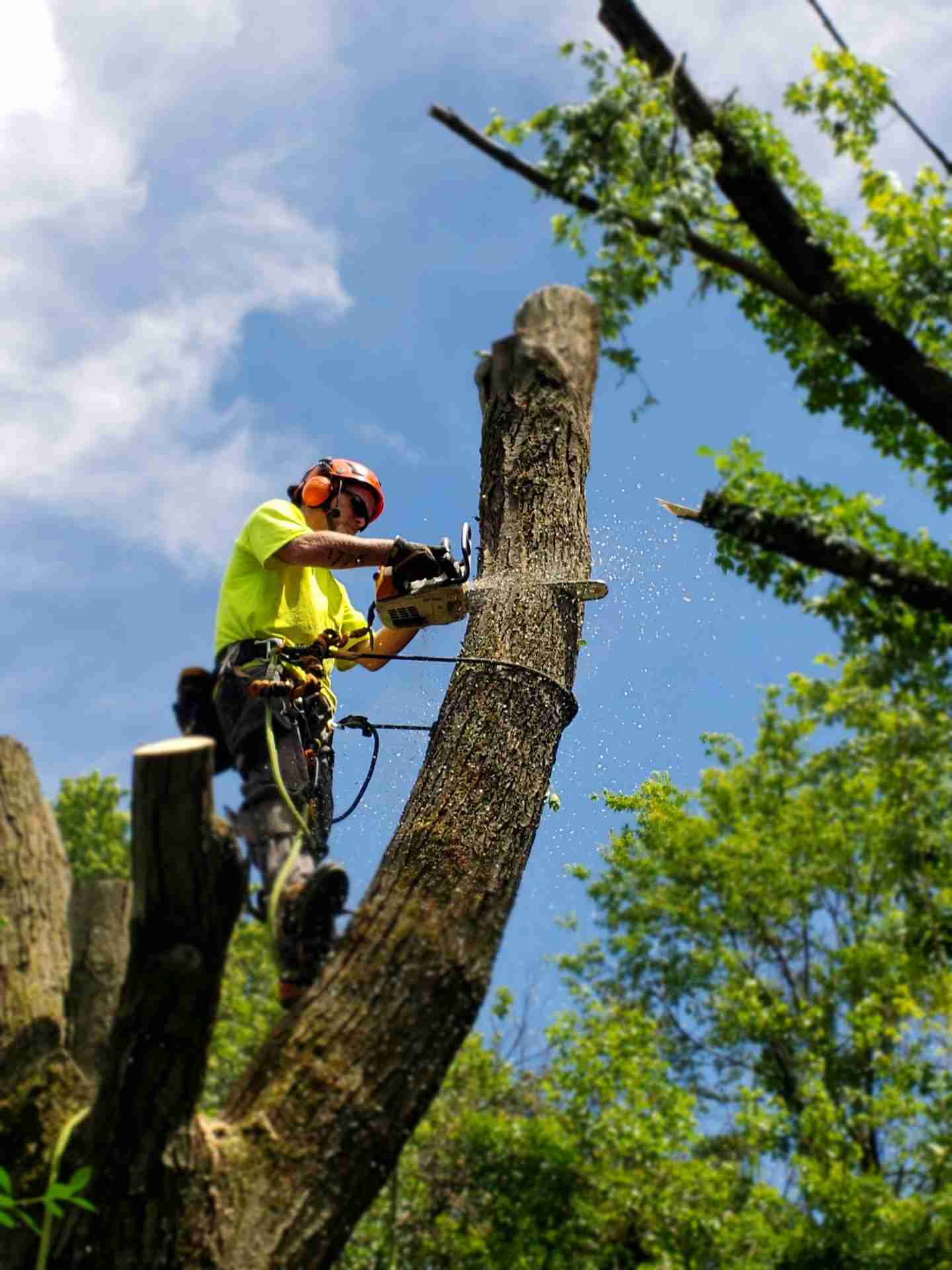All Categories
Featured
The elimination of trees can develop open rooms that are at risk to weed intrusion. When trees are existing, their dense covers typically shade the ground, limiting the quantity of sunlight that gets to the soil. However, after the elimination of trees, these open areas obtain increased sunshine, giving suitable problems for weed growth.

They might recommend the usage of mulch, which acts as a safety obstacle on the dirt surface area, avoiding weed seeds from sprouting and subduing weed growth.

The visibility of trees promotes an abundant and diverse neighborhood of soil microorganisms. Tree roots provide a source of raw material, exudates, and nutrients that sustain the growth and activity of advantageous soil microbes. When trees are gotten rid of, the lack of their roots can disrupt the fragile balance of the dirt's microbial ecosystem.
What Does Tree Removal Wollongong Area Cost?
This modification in pH can affect vitamins and mineral accessibility, microbial activity, and overall soil health and wellness. To address the effects of tree reducing on dirt pH, tree removal specialists can provide important suggestions. They may suggest dirt testing to assess the existing pH levels and identify the required changes. Based on the outcomes, specialists can suggest pH adjustment techniques, such as including lime to elevate soil pH or including important sulfur to lower it.

It refers to the compression of soil bits, leading to reduced pore space and increased soil thickness. This compaction can negatively influence the soil's capability to operate efficiently, influencing its water-holding ability, nutrition accessibility, and origin infiltration. Correct techniques used by tree elimination professionals can aid minimize compaction and maintain the soil's capacity to retain water, and enable ample airflow and cautious tools handling.
Latest Posts
What Is The Best Tree Arborist Wollongong?
Which Is The Best Tree Cutting Services Wollongong Company?
Who Is The Best Tree Cutting Services Wollongong Company?